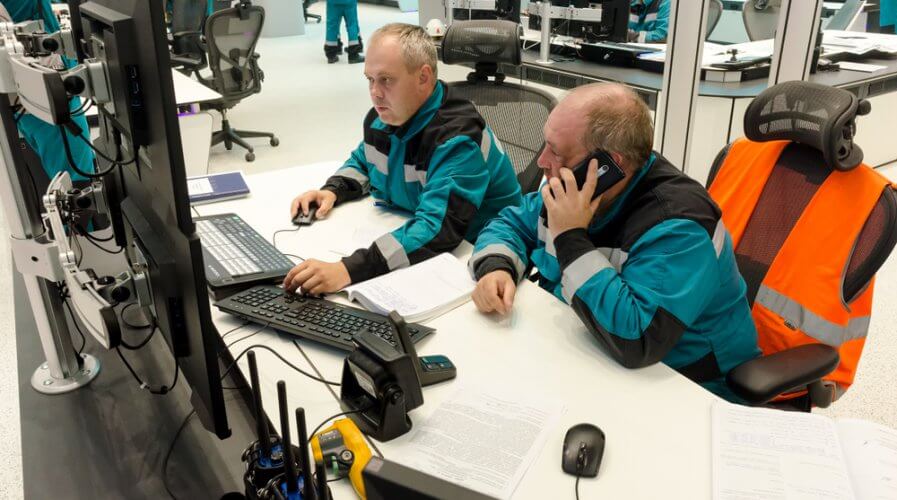
Automation governance is important. Source: Shutterstock
Why governance must be baked into automation projects
BUSINESSES are beginning to realize that robotic process automation (RPA) can yield many benefits and is probably one of the first steps on their digital transformation journey.
Like all projects, it is likely that a single RPA script is trialed in one part of the business before scaling the script and the technology across the business.
Given the ease of deployment and the (low) cost, it is not uncommon to see businesses grow their arsenal of RPA scripts to the hundreds or even thousands.
The most commonly cited example of a rapidly expanding RPA deployment is at ICICI Bank where 750 bots were being used to handle close to 2 million transactions per day.
Automation, especially through RPA, definitely has significant advantages, but organizations often fail to bake governance into their projects.
It’s important to think about governance and build a governance mechanism right at the start of an RPA project so that deviations in input that deride the automation script can be tracked and improved quickly.
Businesses that track the activity of each bot are not only able to prevent disruptions in workflows but are also able to use the information to update the script and “train the RPA” to handle that specific deviation without hiccups in the future.
According to a recent study, RPA is gaining popularity primarily because it helps improve compliance and reduce inaccuracies.
In order to consistently deliver on that value proposition, businesses need to be able to track when things go wrong. Failing to do so could result in severe penalties and significant reputational risk.
Recently, IDC said that RPA is the world’s fastest-growing enterprise software category, revealed that spending surged to US$846 million and grew 63.1 percent last year, and forecasted that businesses will spend US$1.3 billion on RPA this year.
How can an organization govern its automation projects?
Governance isn’t hard. Some form of reporting or a dashboard can help managers gain visibility into what they need to fix before things get out of hand.
Getting governance going is easy once managers and business leaders understand the need for it — those that think about governance right at the start find it easiest to build the right capabilities.
For organizations with a few bots running routine, non-critical tasks, a dashboard might suffice.
For more serious RPA deployments, businesses might think about developing a formal center of excellence (CoE) to create some sort of structure among the bot workforce and ensure processes and policies around monitoring and evaluating bots are formulated in advance.
On the surface, it might seem like governance has a somewhat tactical role to play in the overall RPA framework. However, that’s far from the truth.
Governance, in fact, is critical to the evolution of bots.
Operational logs the governance function collects can help an artificial intelligence (AI) engine, for example, help determine how to improve the bots and take them to the next level. Those very logs could also help understand which tasks (and therefore bots) could be merged.
All of these activities could further reduce the computing power, time, and resources required to run the bots, creating more efficiencies and further reducing costs.
There is no question that RPA is disruptive, but it is also a great tool to help achieve immediate cost reduction and process efficiencies. However, to realize the full and long-term value, and take their automation projects to the next level, companies need governance.
READ MORE
- Strategies for Democratizing GenAI
- The criticality of endpoint management in cybersecurity and operations
- Ethical AI: The renewed importance of safeguarding data and customer privacy in Generative AI applications
- How Japan balances AI-driven opportunities with cybersecurity needs
- Deploying SASE: Benchmarking your approach


